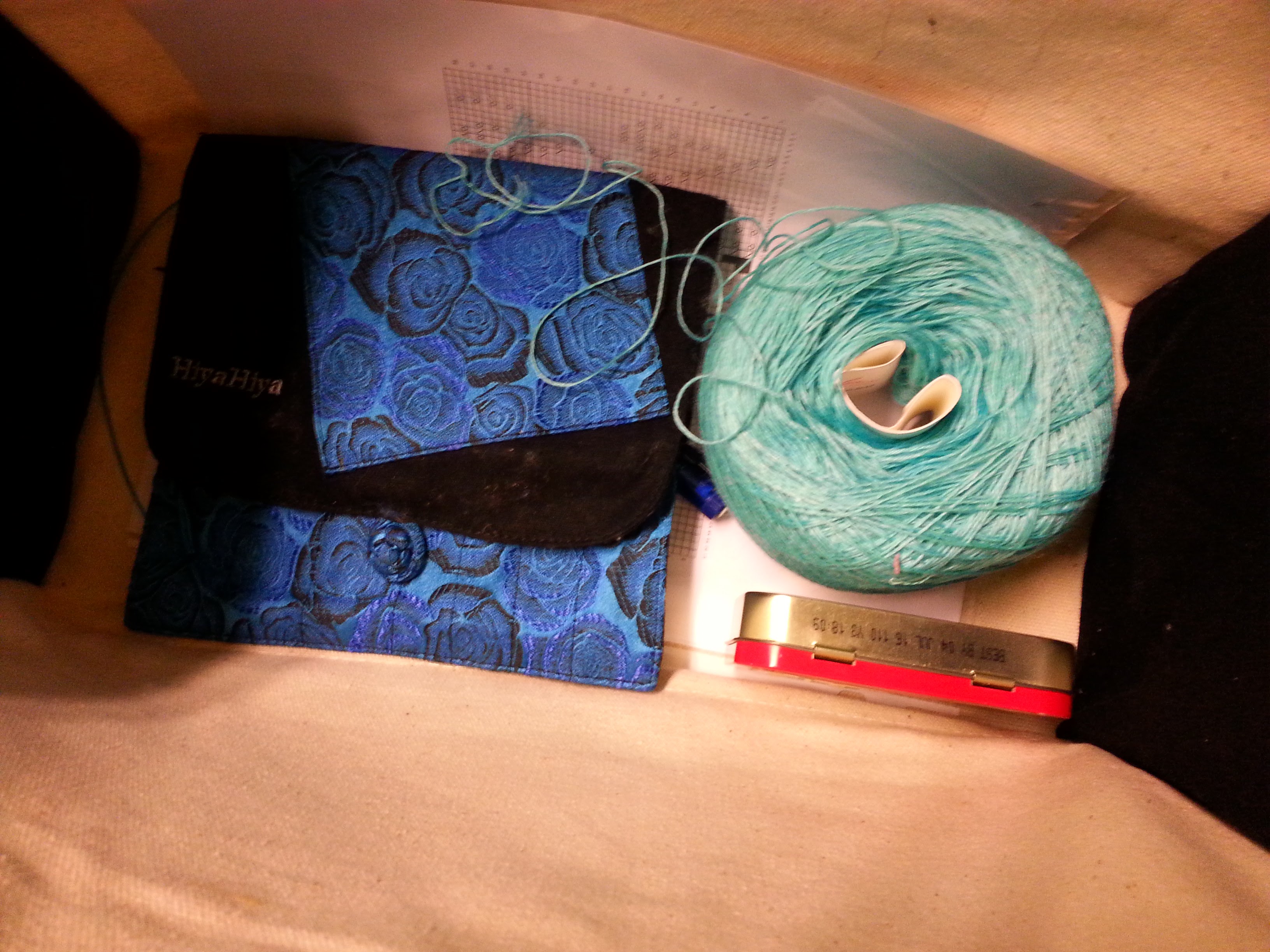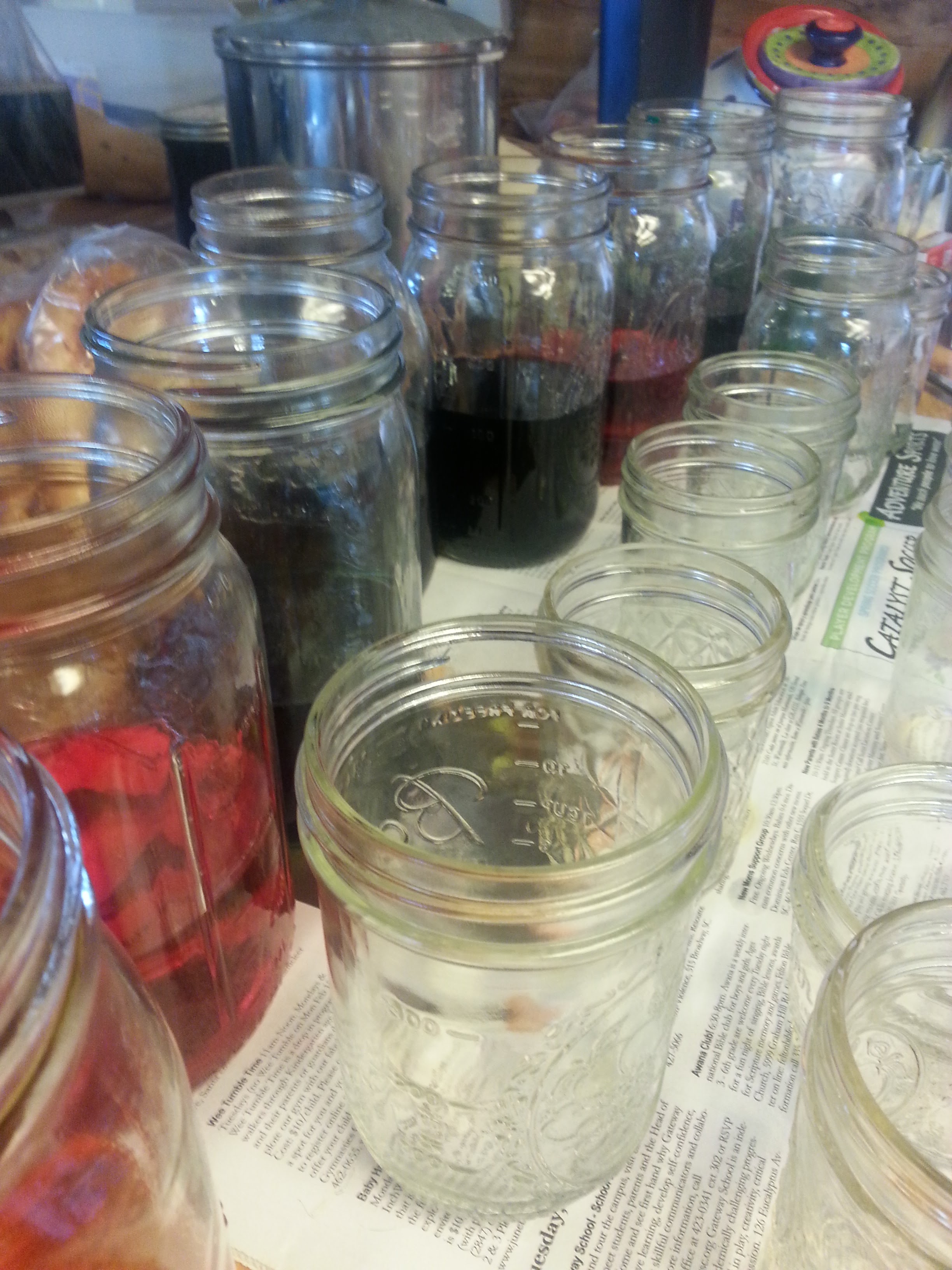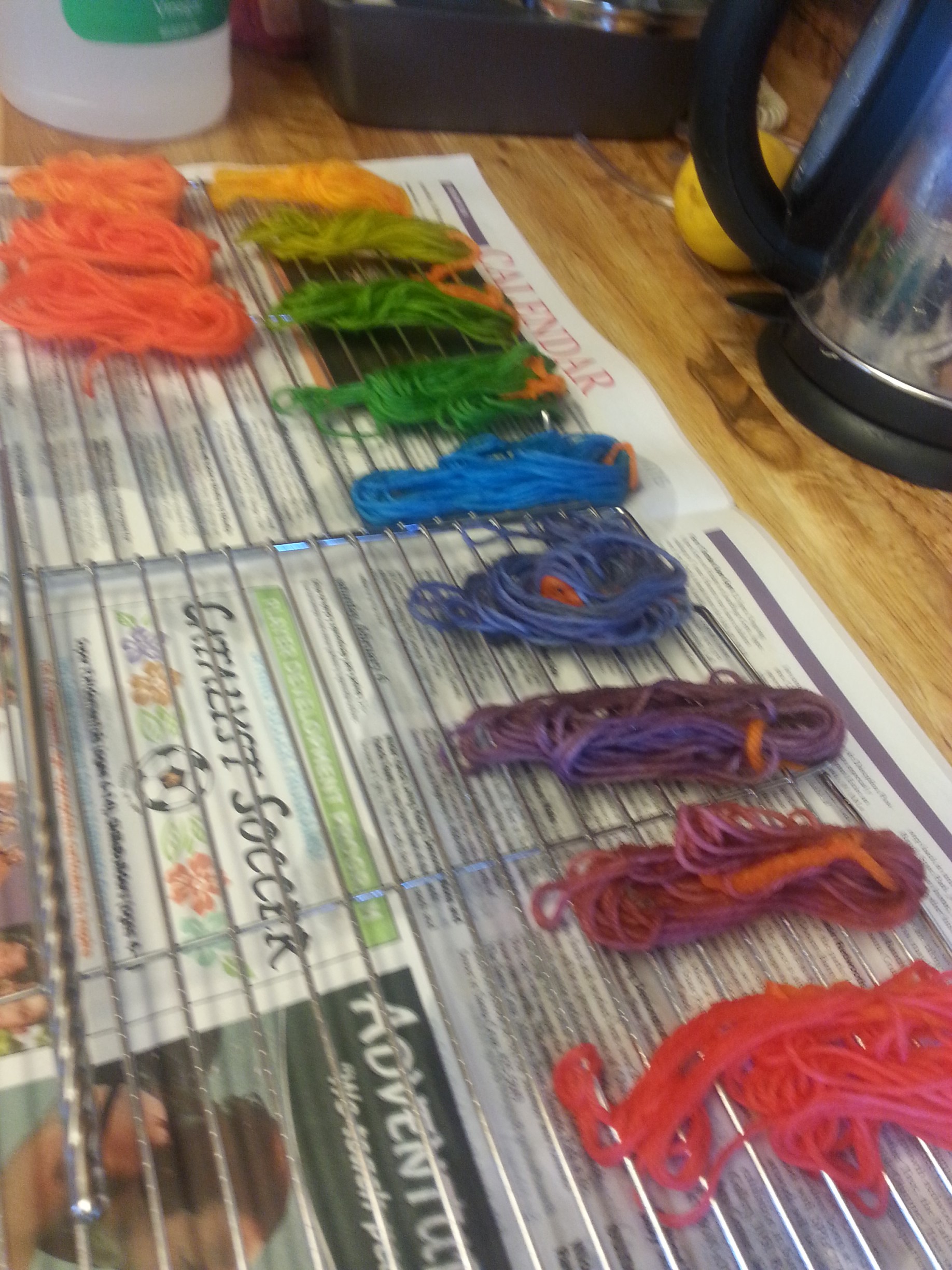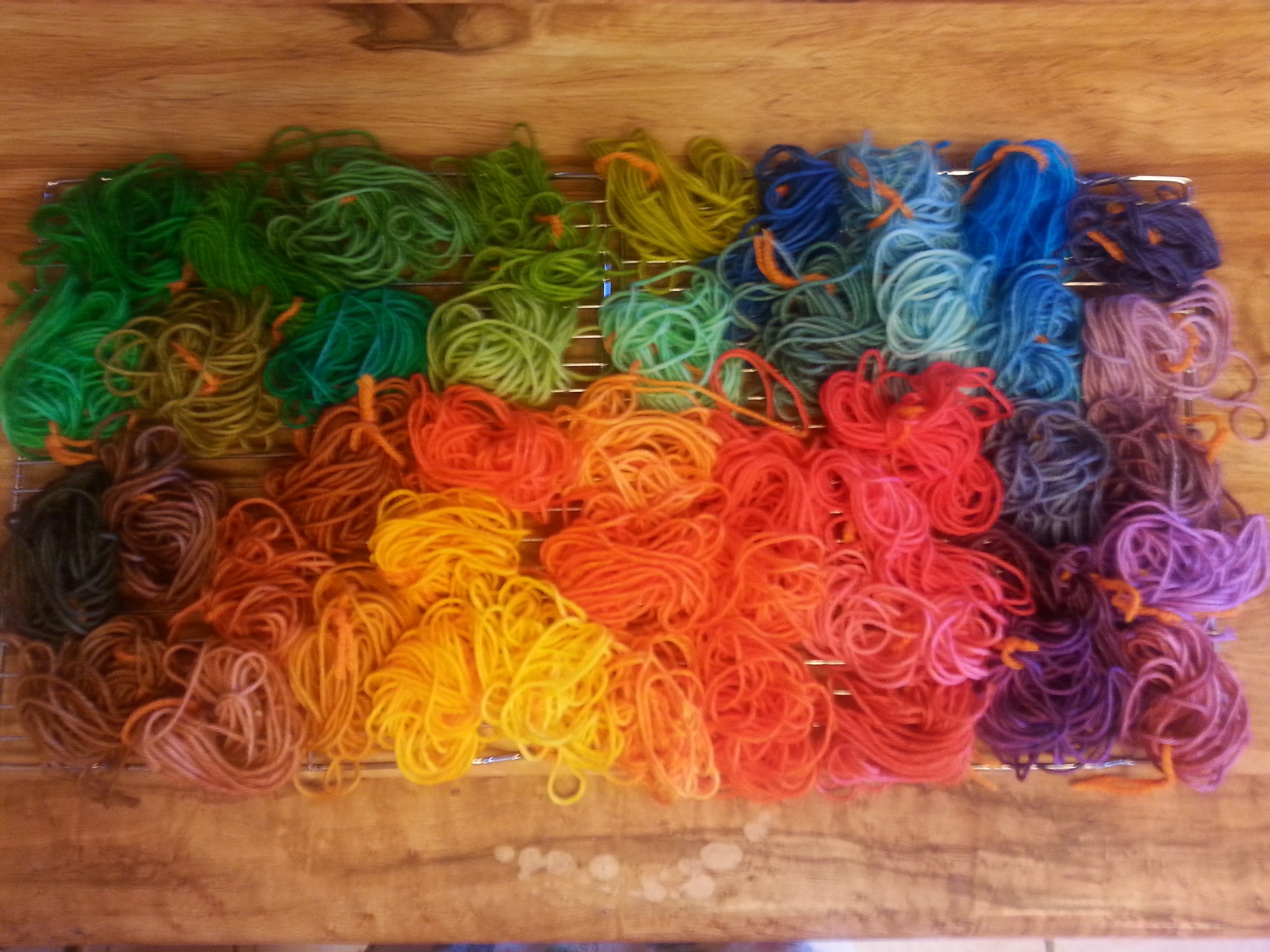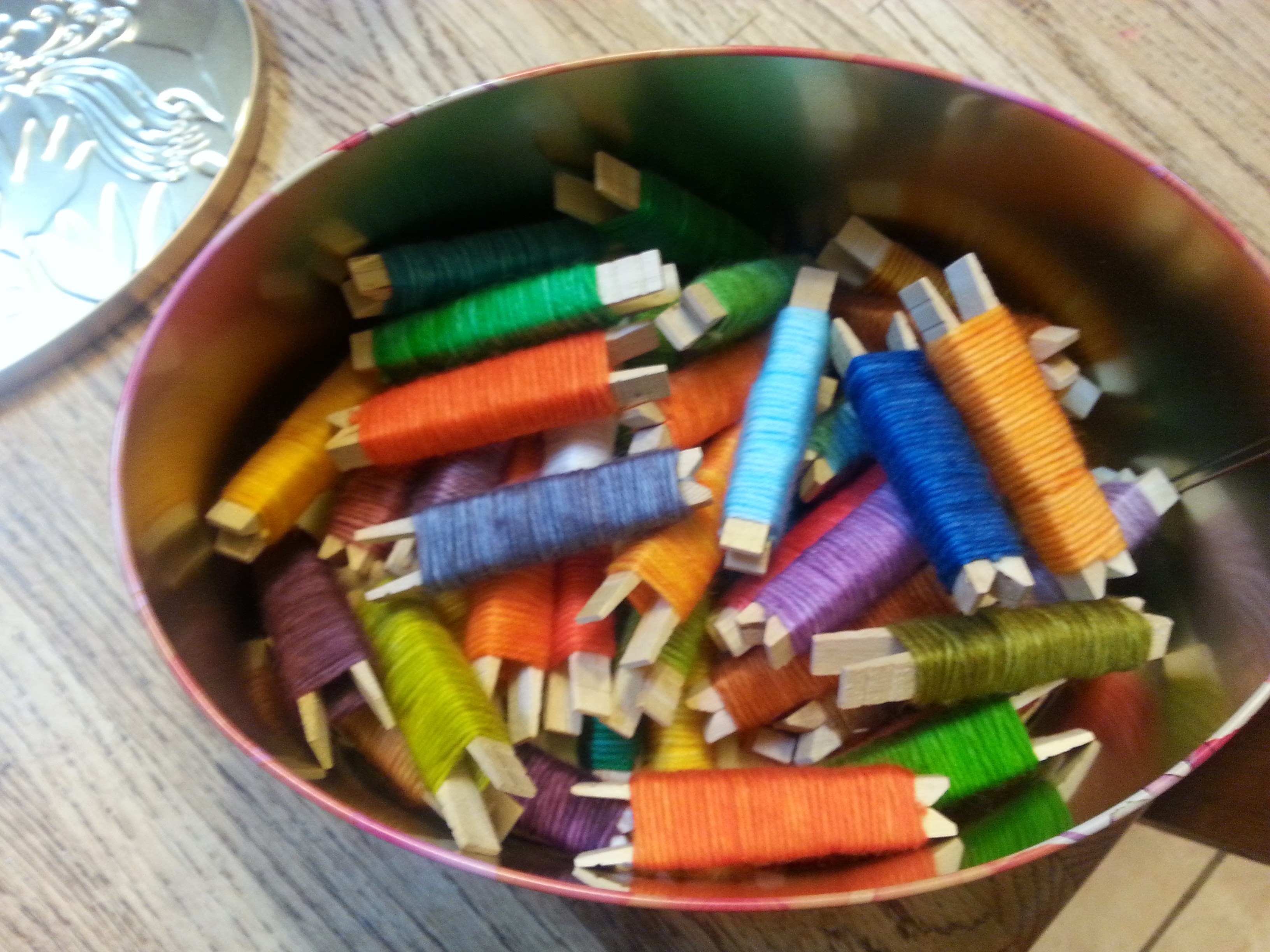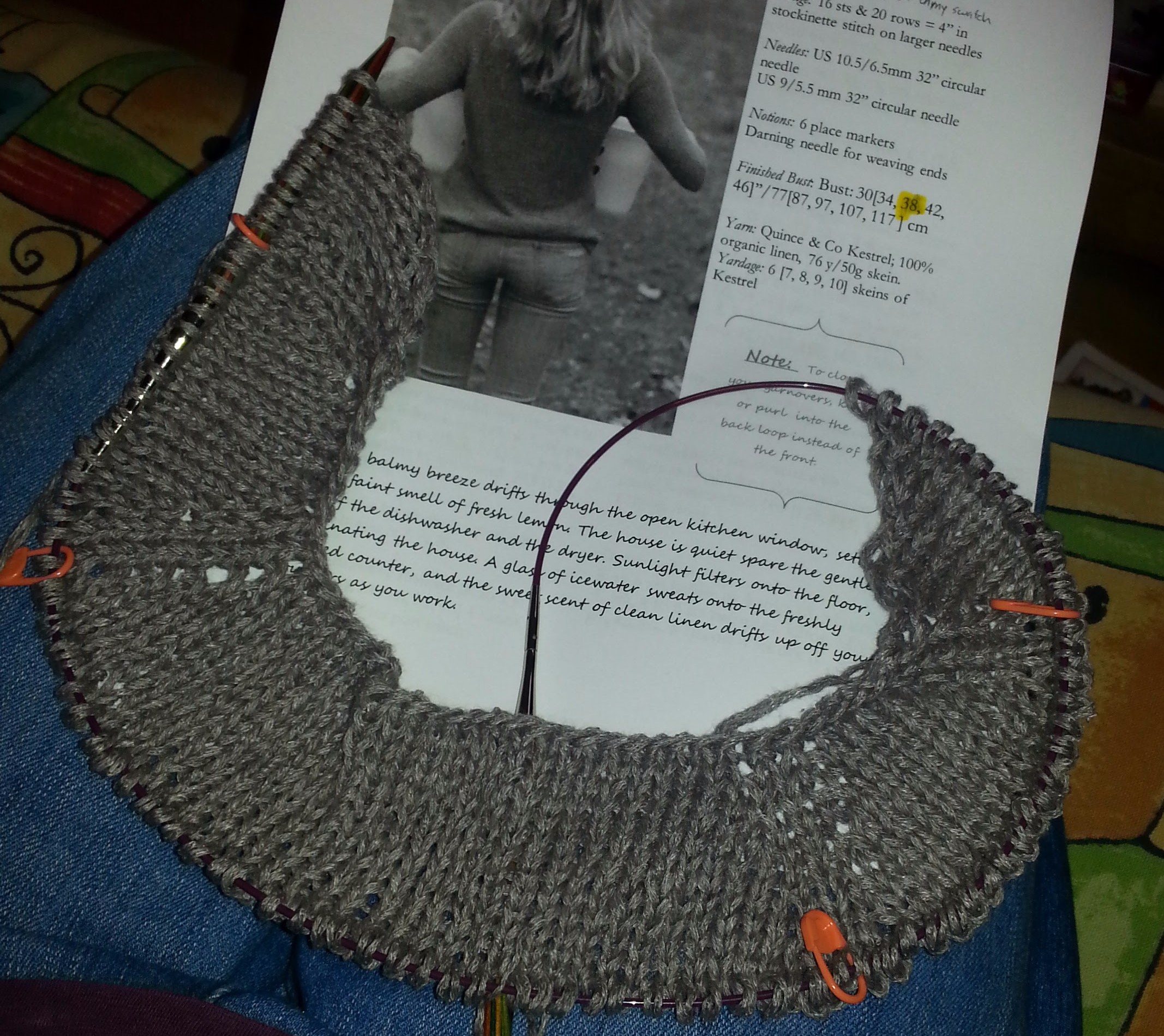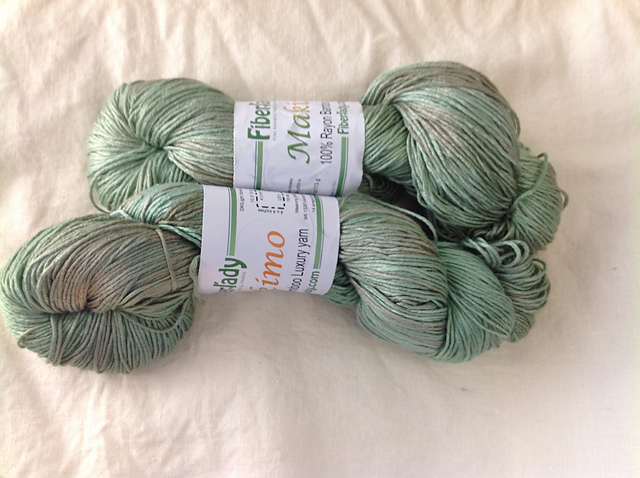Stitch Dictionaries

Last week, I participated in the Initiate Knit Design challenged hosted by Aroha Knits. One question that came up on the Facebook group associated with the challenge was about stitch dictionaries. I have about two linear shelf feet of stitch dictionaries at this point and I love having so many different ones to choose from. Above, you can see the ones I used for my current design. I ended up using elements from four out of the five for my current design.
There are books that are meant to be only stitch dictionaries, with no patterns included, and those are what I have the most of. Some of my favorites include:
- Barbara Walker’s Stitch Treasuries– I have three of the four volumes.
- The Harmony Guides– I have all of these, including the crochet ones.
- Vogue Stitch Dictionaries– I have a couple of these and a little five volume set of small guides.
- Japanese Stitch Dictionaries– the lace one pictured above with 300 in the title is one I’ve used many times. All the patterns are charted and it’s easy to see what you are getting.
- Nicky Epstein’s edging series– Knitting on the Edge, Knitting over the Edge, etc.
I also have a number of one volume stitch dictionaries, I tend to go for ones that have charted patterns these days. These include German and Estonian books, some of which are still in the native language.
But there are also books like The Magic of Shetland Lace Knitting that are about shawl design and happen to have a stitch dictionary included or books that contain so many charted patterns that I can isolate and modify elements from the charts, essentially treating them like stitch dictionaries.
I’ve also found that although there is a lot of overlap between books, sometimes a pattern or a variation will appeal to me in one book even though I passed it over in another because of the yarn choice or variations in the stitch count that make the sample jump out at me.
So if you are designing, I suggest buying as many stitch dictionaries as you can. I keep sticky note markers on the front pages of them all so I can mark interesting ideas as I go. I’ve found them all to be worthwhile investments!

 I will often sketch to rough out different textures within a shape, but only after I have swatched a number of potential patterns. So on Day 2, I did make a sketch, but only after looking at a lot of stitch dictionaries.
I will often sketch to rough out different textures within a shape, but only after I have swatched a number of potential patterns. So on Day 2, I did make a sketch, but only after looking at a lot of stitch dictionaries. Day 3 wasn’t really enough for swatching for me. This is the place where I tend to spend a lot of time and my swatching went on through the next two days as well. I tried out several patterns in isolation and then I started combining things. For this challenge, I ripped out swatches as soon as I knew they weren’t looking right for my pattern, but I often keep on with a swatch till it’s finished and store those in binders for future reference. To the left are some of the stitch patterns I tried and below you can see a larger swatch with the patterns combined and a border I added on to test it. Even this doesn’t represent my final pattern because I decided to eliminate the two yarnover columns on the outside edges of the shawl.
Day 3 wasn’t really enough for swatching for me. This is the place where I tend to spend a lot of time and my swatching went on through the next two days as well. I tried out several patterns in isolation and then I started combining things. For this challenge, I ripped out swatches as soon as I knew they weren’t looking right for my pattern, but I often keep on with a swatch till it’s finished and store those in binders for future reference. To the left are some of the stitch patterns I tried and below you can see a larger swatch with the patterns combined and a border I added on to test it. Even this doesn’t represent my final pattern because I decided to eliminate the two yarnover columns on the outside edges of the shawl.
 calculations because in addition to size and number of repeats, I had the added restriction in this design of only one skein of the yarn I wanted to use. So I moved back and forth between my kitchen gram scale and paper, weighing my swatch, calculating the repeats, then adding the border and calculating that. Finally, I double checked my work by using the weight of the swatch and my estimated size and making sure that they made sense.
calculations because in addition to size and number of repeats, I had the added restriction in this design of only one skein of the yarn I wanted to use. So I moved back and forth between my kitchen gram scale and paper, weighing my swatch, calculating the repeats, then adding the border and calculating that. Finally, I double checked my work by using the weight of the swatch and my estimated size and making sure that they made sense.